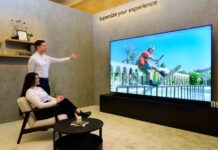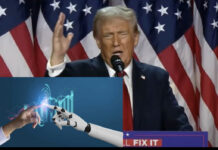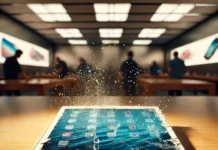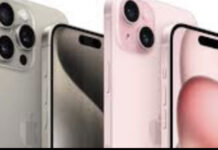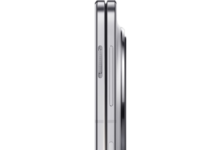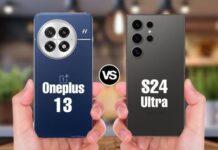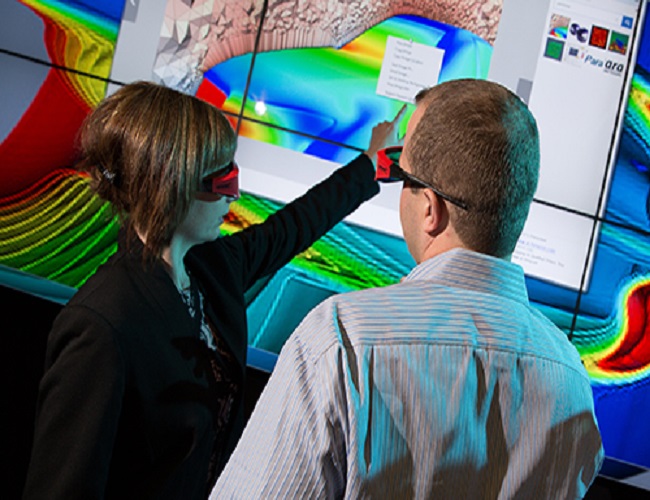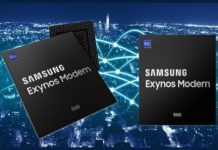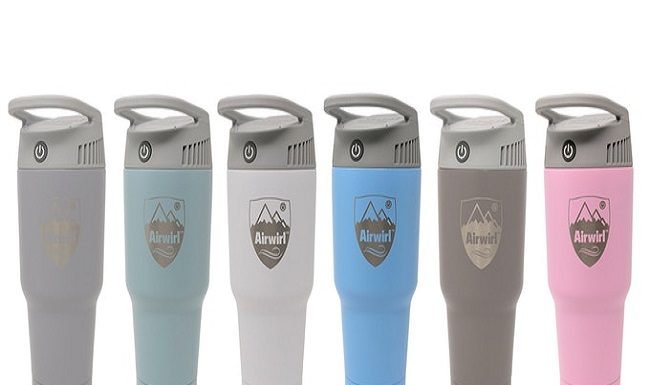Technologies and innovations have changed the way businesses and companies are run today.
FIFA is already taking advantage of the power of VR (Virtual Reality) technology to transmit live football matches through various broadcasting media for those who possibly cannot make it to the venue to have a real life effect of the matches.
According to analyst Olman Akhtar, Altimeter report, “the sooner your company is able to understand the language of [VR/AR] and become fluent in what the possibilities are, the faster they are going to be able to react.”
VR, AR or MR can be deployed in business to achieve a massively radical growth. According to the report, the combined market size for augmented reality (AR) and virtual reality (VR) is expected to grow exponentially from about $18 billion in 2018 to $ 215 billion in 2021. With this growing push toward immersive technology, many businesses are questioning how they can utilize it and how it can be implanted into their strategies.
Immersive technology can be used to pitch a project to investors: startups and companies seeking investments from investors can use VR technology during exhibitions. Investors are likely to see the overall masterpiece of what is projected as if in real life. This can go a long way in convincing the investors much further.
Immersive technology can be used to create brand awareness: AR/VR is recommended for companies that are looking to create “buzz” about their products during events, product launches, and ad campaigns.

Immersive technology can be used to train employees: Onboarding of employees is seamless with the VR technology. This is an effective tool in training situations as it provides employees with a close to real life experience to learn their skills. The VR or MR (mixed reality) allows employees to learn by doing rather than by reading, for instance, in training medical practitioners.
Immersive technology can be used to test and learn customer needs and preferences: customer satisfaction is keen and remains a top priority for most businesses. In view of this, the VR, AR or MR allows potential customers to interact with a prototype allowing companies and business owners to have a better insight into consumer preferences.
Immersive technology can be used to build customer trust and confidence in the product: for finished products on sale, like high-end products, potential customers are allowed to see and experience the products for themselves before buying it.
Immersive technology can be used to bring people together: conferences, meetings, talks and even religious gatherings can be held via VR technology among people that are geographically far apart. Families and friends can also reunite with each other.
What do you think?

